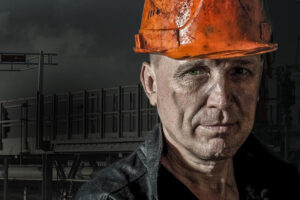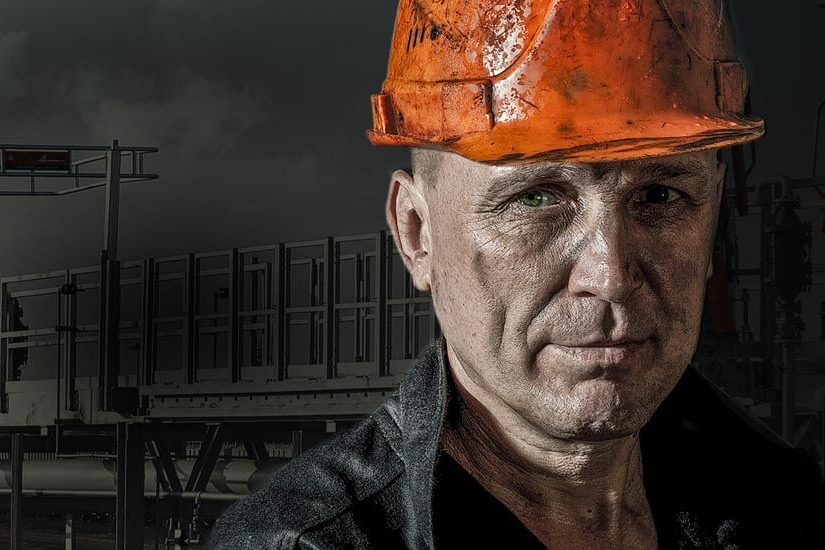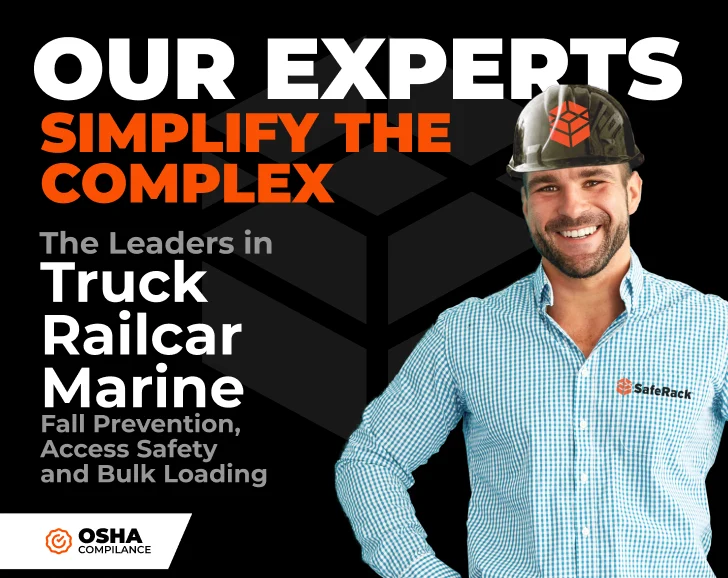
Worker safety is going to be a concern at any workplace, but this is especially the case when you run an industrial facility. The same can be said for those in construction, contracting, freight handling, and other similar fields.
When safety is a top priority, everyone wins. Workers aren’t just better able to avoid injury and/or death while on the job. They’re also able to be more productive and efficient as workers. Here we’ll examine a few of the best ways you can drastically improve your workplace’s safety this year. Where could your facility stand to make some changes?
1. Consider establishing a safety committee.
Many industrial companies are already doing an excellent job when it comes to making sure safety is their number one priority. However, there’s always room for improvement. If your workplace doesn’t already have a safety committee that actively involves both workers and employers, establishing one could really help strengthen your existing safety policies.
Start by figuring out what resources you have at your disposal when it comes to creating your committee. Formulate clear objectives and goals. Assemble a team. Systematically go over the structure of your workplace to identify potential hazards and come up with a plan of action.
2. Redouble efforts to make sure workers are wearing appropriate safety gear.
Simply making safety gear available to workers and telling them they need to use it isn’t good enough. Such equipment needs to be used consistently in order to actually protect your team. Take it upon yourself to make sure your workers are always wearing safety gear appropriate to the task at hand. Post plenty of on-site safety signage in prominent places to serve as reminders.
You can help make sure workers willingly cooperate by ensuring that everything from fall protection equipment to lifeline cable systems is easy to operate, as well as fully in step with current industry standards. Wearable gear should be as comfortable as possible, as this lowers the likelihood of workers repeatedly removing it and putting it back on.
3. Increase the frequency of training meetings.
Don’t make the mistake of assuming that training is something that only new employees need or can benefit from. Participation in regular safety meetings and training events should be mandatory for all of your employees, even those that have been with you for years.
Brainstorm ways to make meetings fun, engaging, or interesting to help keep workers engaged. Then test each employee’s knowledge of the information covered at the end of the session. Hold special safety training meetings each time you upgrade your equipment or safety gear to help introduce your team to the new items and ensure they know how to use them safely and efficiently.
4. Make sure all machinery and equipment receives regular safety checks.
Equipment and machinery that isn’t functioning the way that it should doesn’t just raise the likelihood of accidents happening. It can also lead to lost productivity, wasted resources, and scheduling delays. Maintenance and regularly scheduled safety checks – whether you think they’re needed are not – are the key to avoiding disaster here.
Never simply assume that everything’s OK so long as equipment isn’t making funny noises or otherwise malfunctioning in a way that’s obvious. Have all of your equipment professionally inspected at least as often as recommended by the manufacturer. When it’s time for an upgrade, get things sorted sooner rather than later.
5. Check to see that all of your bases are covered.
It’s also a good idea to go over the way you have your facility set up and determine whether or not you need equipment or systems in place that aren’t currently there. Does your workplace already have a thorough spill containment system in place or could it benefit from the addition of new drain seals, containment trays, or spill decks? What about gangways, loading ramps, safety cages, work platforms, and storage racks?
Identify areas that could use improvement and then find a reliable industrial supply vendor to purchase from. The best options are going to be companies with a long-standing reputation for offering excellent quality equipment at reasonable, value-conscious prices that won’t destroy your bottom line. (SafeRack is one of the very best.) This company should also be run by seasoned experts who not only help you with your selection but consider it one of their vendor responsibilities.
At the end of the day, your facility’s safety policies are only as good as their execution. Good execution means starting with the very best equipment and following up with thorough involvement from everyone on your team.


























